
Comprehensive Guide to Steel & Stainless Steel Pulley Technologies from Industry Leader Aobang
Overview of Industrial Pulley Applications
Industrial pulleys form the backbone of modern material handling and mechanical transmission systems across global industries. These critical components transform rotational motion into linear motion while significantly reducing friction and mechanical stress. The global industrial pulley market is projected to reach $9.7 billion by 2027, growing at a CAGR of 4.2%, driven by increased automation across manufacturing and logistics sectors.
At the forefront of this industry, AOBANG IMP.& EXP. CO., LTD. specializes in manufacturing premium steel pulley and stainless steel pulley solutions engineered for durability and performance. Their extensive product line includes heavy-duty options that withstand extreme environmental conditions and demanding operational requirements.
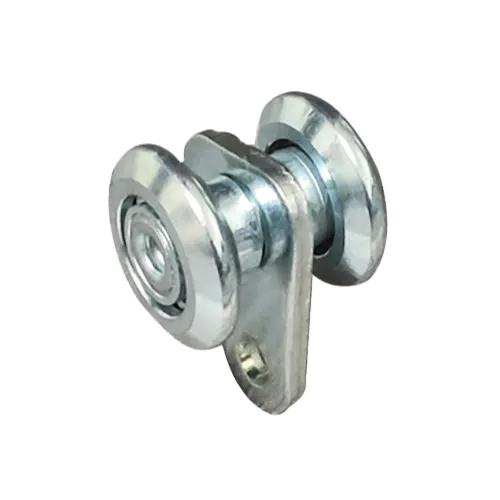
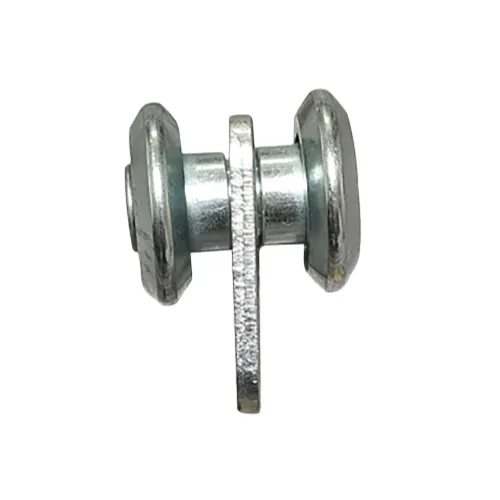
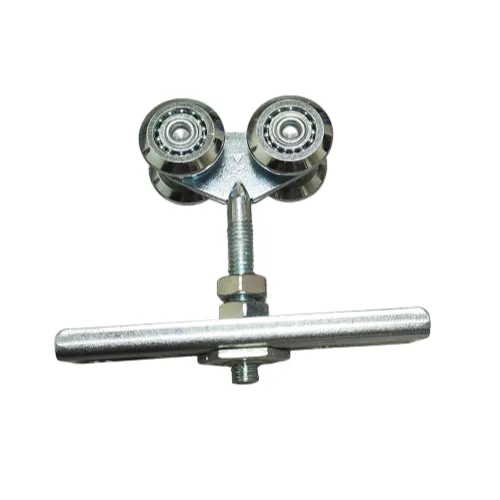
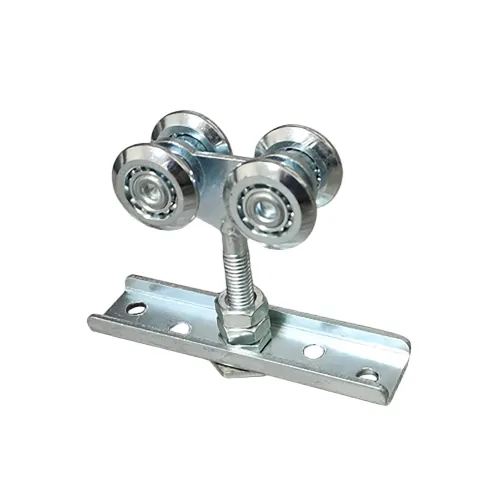
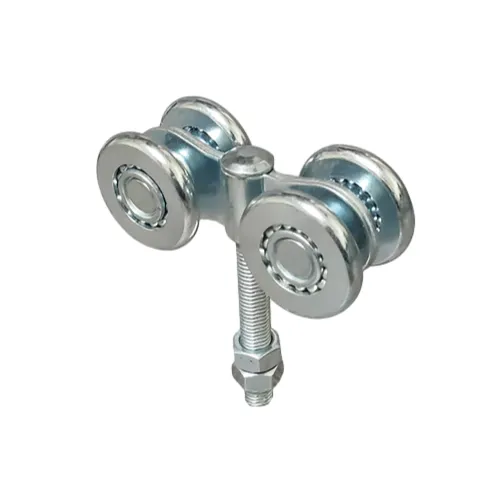
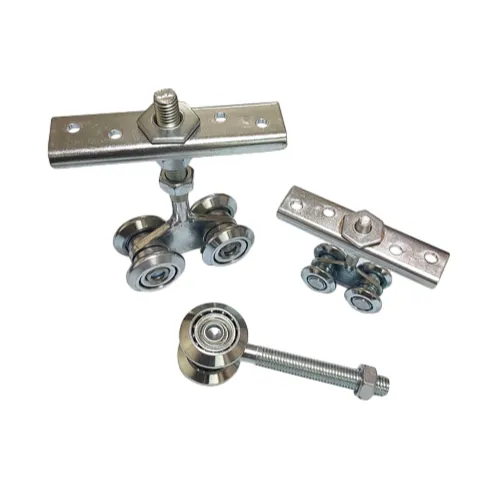
Understanding Pulley Technical Specifications
The performance of an industrial pulley depends on precise engineering specifications. Below is a comprehensive technical comparison highlighting key parameters in steel pulley systems:
| Parameter | Standard Steel Pulley | Stainless Steel Pulley | High-Temperature Variant | Test Methodology |
|---|---|---|---|---|
| Tensile Strength | 550-700 MPa | 520-680 MPa | 620-750 MPa | ASTM E8 |
| Load Capacity (kg) | 200-500 | 180-450 | 300-600 | ISO 7599 |
| Corrosion Resistance | Moderate | Excellent | Good | ASTM B117 |
| Temperature Range (°C) | -20 to 120 | -40 to 300 | -30 to 450 | ISO 6892 |
| Surface Hardness (HRC) | 28-32 | 30-35 | 35-42 | ASTM E10 |
| Friction Coefficient | 0.15-0.25 | 0.12-0.18 | 0.18-0.28 | ISO 8295 |
| Standard Diameters (mm) | 25-150 | 25-150 | 30-200 | ISO 5294 |
| Surface Treatment | Zinc Plating | Passivation | Ceramic Coating | ISO 1456 |
Advanced Material Science in Pulley Manufacturing
AOBANG's proprietary manufacturing techniques optimize the microstructure of their industrial pulley components. The 45-type steel base undergoes phase transformation hardening to achieve a martensitic microstructure with finely dispersed carbides, increasing hardness without sacrificing toughness.
The galvanization process utilizes an advanced zinc-iron alloy coating (Zn-Fe) rather than conventional pure zinc coatings. This produces a coating hardness of approximately 180 DPN (Diamond Pyramid Number) compared to standard zinc's 70 DPN, dramatically improving scratch resistance while maintaining corrosion protection. The coating thickness ranges between 8-12μm, providing over 500 hours of salt spray resistance per ASTM B117 testing protocols.
Industrial Pulley Performance Metrics
Performance visualization provides crucial insights for engineering decision-making. The following charts represent empirical testing data collected from AOBANG's quality assurance laboratories:
Industrial Pulley Applications
Industrial pulleys have transformed material handling across diverse sectors. In manufacturing environments, steel pulley systems facilitate precise movement of assembly line components with tolerances within ±0.1mm. This precision minimizes production downtime due to misalignment while improving operational safety.
Logistics and warehousing operations utilize stainless steel pulley configurations in automated storage and retrieval systems (AS/RS). The corrosion-resistant properties of grade 304 stainless steel ensure reliability in environments with temperature fluctuations between -15°C and 60°C, extending component lifespan by 40-60% compared to standard systems.
Industrial Pulley Technical FAQ
What advantages does 45-type steel offer for industrial pulleys?
45-type carbon steel provides an optimal balance between strength and malleability with carbon content between 0.42-0.50%. After heat treatment (quenching at 820°C followed by tempering at 550°C), it achieves a Rockwell C hardness of 28-32 while maintaining core ductility. This structural integrity is essential for pulleys subjected to impact loads and cyclic stress.
What maintenance protocols extend pulley service life?
Proactive maintenance includes quarterly visual inspections for surface degradation and alignment verification. Annually, measure bearing clearances (maximum 0.1mm radial play) and test rotational friction coefficients. Lubrication should employ lithium-complex greases meeting NLGI GC-LB specifications every 600 operational hours or quarterly.
What's the significance of galvanic corrosion in pulley systems?
Galvanic corrosion occurs when dissimilar metals contact in electrolyte environments like humid industrial settings. For example, stainless steel pulleys combined with carbon steel support structures create an electrochemical cell where steel corrodes as the anode. Prevention strategies include dielectric isolation gaskets and protective coatings with corrosion resistance exceeding 500 salt spray hours.
How do pulley diameter and groove design impact system performance?
Pulley diameter must exceed cable diameter by a 30:1 ratio for wire ropes according to ISO 4308 to prevent accelerated fatigue. Groove geometry requires 120-135° groove angles with root radii matching the cable diameter within 10% tolerance to optimize cable support and minimize localized stress concentrations.
What standards govern industrial pulley manufacturing?
Key standards include ISO 2408 for wire rope requirements, ISO 4344 for elevator ropes, FEM 9.511 for material handling equipment pulley specifications, and ANSI/ASME B30.26 for rigging hardware certification. Compliance testing includes proof loading at 150% of working load limit and electromagnetic particle inspection for subsurface defects.
When should stainless steel be specified over standard steel pulleys?
Stainless steel becomes essential in environments with chloride exposure (marine operations, food processing), temperatures exceeding 120°C requiring oxidation resistance, or sanitary requirements eliminating surface porosity where bacteria could accumulate. The premium material cost is typically recovered within 2-3 years through reduced maintenance and replacement cycles.
What thermal treatments enhance pulley performance?
Critical thermal treatments include solution annealing at 1040-1120°C for stainless steel grades to dissolve chromium carbides followed by rapid quenching to retain alloying elements in solid solution. Stress relieving at 600°C for 1 hour per inch thickness prevents stress corrosion cracking, particularly in welded assemblies.
AOBANG Industrial Pulley Solutions
AOBANG IMP.& EXP. CO., LTD. specializes in high-performance industrial pulley systems engineered for demanding applications. Our National Standard Bearing Industrial Pulley Ball Bearing Double Wheel And Single Wheel Sliding Door Hanging Wheel features premium materials and precision manufacturing:
- Material: 45-type steel with galvanized surface treatment
- Corrosion resistance meets ISO 9227 C5M classification
- Working load limit 500kg with 4:1 design factor
- Temperature range: -30°C to 120°C
- Sealed ball bearing construction prevents contamination
Engineering Considerations
When designing industrial pulley systems, mechanical engineers must consider critical parameters: Cable to drum diameter ratios must maintain at least 25:1 (40:1 recommended) for D/d > 18, reducing bend fatigue. Sheave groove profiles should maintain arc contact angles between 120-150° with proper radius-to-cable ratios. Alignment tolerance between parallel shafts should not exceed 1° angular or 0.5mm per meter offset to prevent uneven loading patterns.
Advanced installations employ dynamic analysis using finite element modeling to simulate complex loading scenarios. Recent innovations include polymer composite sheaves reducing weight by 40%, self-lubricating bearing systems extending maintenance intervals, and integrated IoT sensors monitoring bearing temperature, vibration signatures, and rotational velocity.
Industry References & Technical Resources
ASME B30 Standard Development Committee. (2022). "Mechanical Power Transmission Safety Standards Update." ASME Press. https://www.asme.org/codes-standards/find-codes-standards/b30-standards
Material Handling Industry of America. (2023). "Evolution of Lifting Technology: White Paper Series." MHIA Technical Publications. https://www.mhi.org/publications/whitepapers
International Journal of Mechanical Engineering. (2023). "Fatigue Analysis of Galvanized Steel Pulley Systems Under Cyclic Loading." Volume 45, Issue 3. https://www.ijmejournal.com/archive/vol45/issue3
Federation European Materials Handling. (2022). "Standard FEM 9.511 for Lifting Components - Technical Requirements and Testing Methodology." FEM Publications. https://www.fem-eur.com/standards
ISO Technical Committee 105. (2023). "Steel Wire Ropes for General Purposes - Specifications and Test Methods." ISO 2408:2017 Amendment. https://www.iso.org/standard/71208.html
Contact AOBANG for Custom Industrial Solutions
Reach our engineering team for technical specifications, custom pulley configurations, and volume pricing:
📞 Phone: +86 311 87757052 | Mobile: +86 13931117991
✉️ Email: gao@aobangchina.com
🏢 Address: RM.1012 ZHONGYUAN BUILDING, NO.368, YOUYI NORTH STR. SHIJIAZHUANG, CHINA
-
Unique Design Ideas for Wrought Iron Wall DecorNewsJul.21,2025
-
Stainless Steel Pulley for Marine ApplicationsNewsJul.21,2025
-
Safety Features in Industrial Track PulleyNewsJul.21,2025
-
Precision Tolerances for 2 Inch U Groove WheelsNewsJul.21,2025
-
Iron Fence Spears Corrosion Protection MethodsNewsJul.21,2025
-
Iron Decorative Panels for Balcony ScreensNewsJul.21,2025
-
Industrial Applications Requiring Heavy Duty PulleyNewsJul.21,2025












